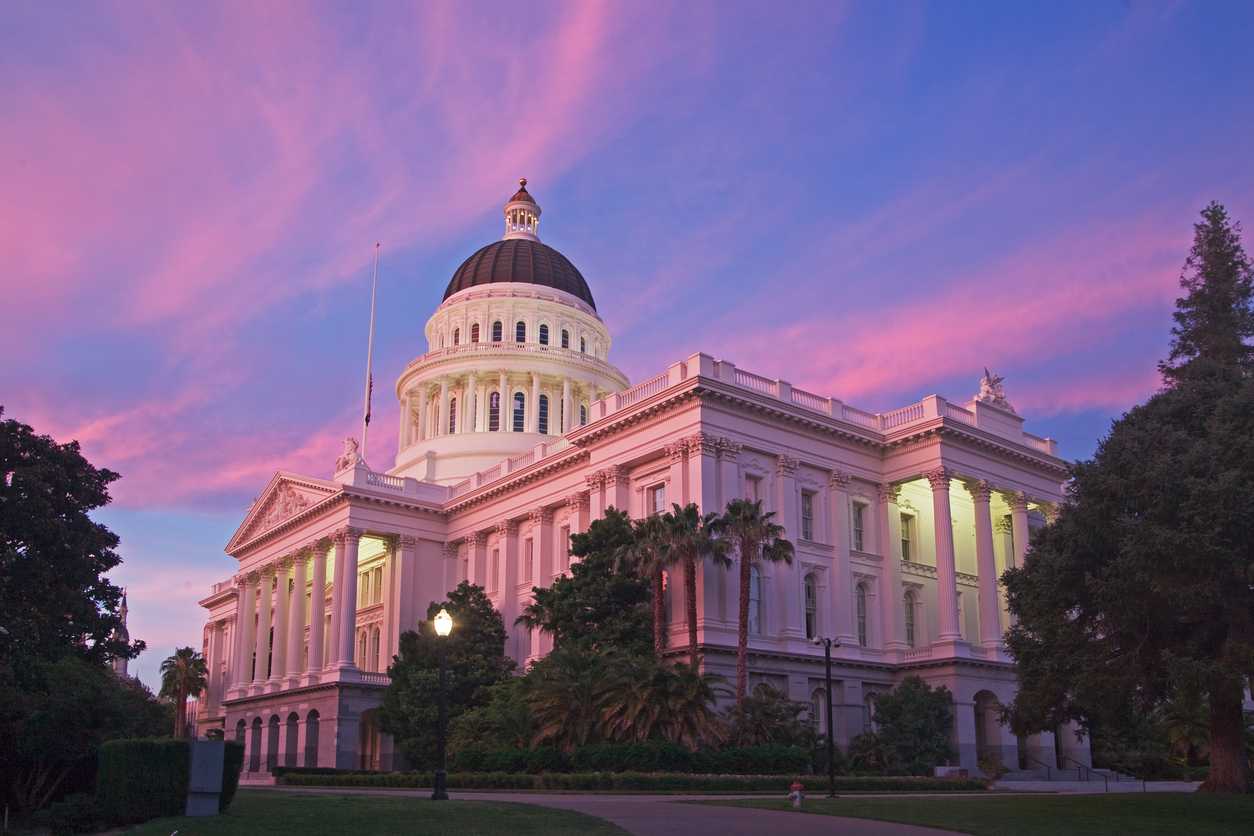This paper was published as part of the 2024 ACEEE Summer Study conference.
Housing is a key social determinant of health, and the economic burdens and health consequences associated with indoor air pollution from fossil fuel-fired appliances fall disproportionately on lower-income households and households of color. With the recent Ninth Circuit case California Restaurant Association v. Berkeley finding the city’s all-electric ordinance preempted under the Energy Policy and Conservation Act (EPCA), there is heightened concern about the impact court rulings could have on state and local building electrification efforts.
This paper provides an overview for non-lawyers of EPCA statutory preemption and the existing caselaw interpreting EPCA preemption of building codes. It will discuss available legal options for local jurisdictions to electrify building codes. Then it will assess the legal questions involving building decarbonization options beyond building codes, such as building performance standards, regulating air emissions, and directly limiting or reducing gas infrastructure.
The legal landscape is changing rapidly with the potential for significant future legal challenges as governments pursue additional building decarbonization efforts. As jurisdictions consider their equitable building decarbonization options, they should be prepared for likely legal challenges from those opposed to transitioning away from health-harming gas appliances.
While all building performance standards share similar central components in how they are designed and implemented, for maximum impact and benefit, they should be customized for each jurisdiction and its community. To do this, IMT offers several comprehensive BPS design and implementation tools. Learn more at www.imt.org/bps.
